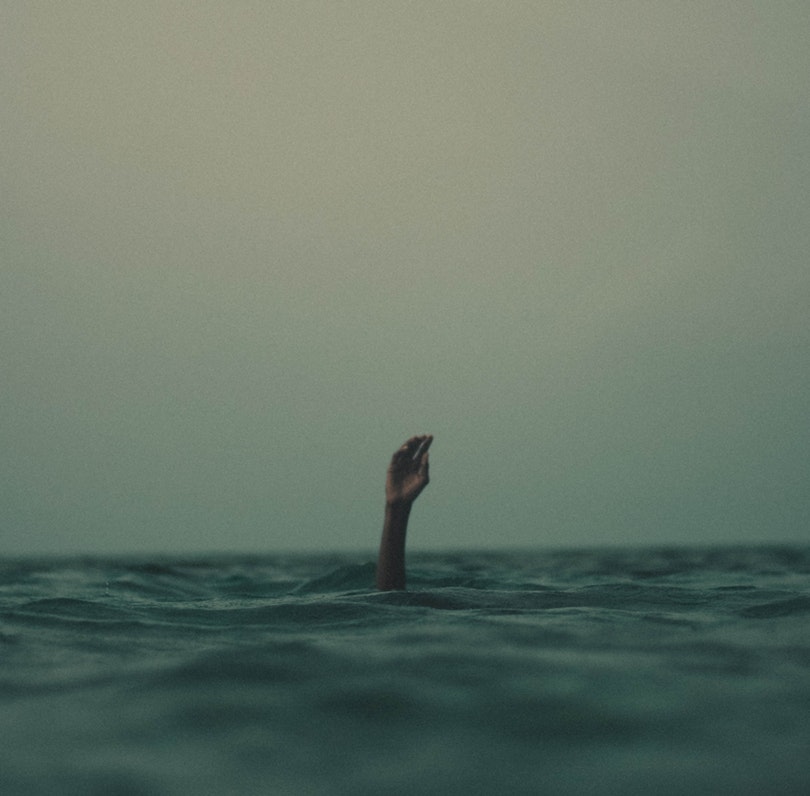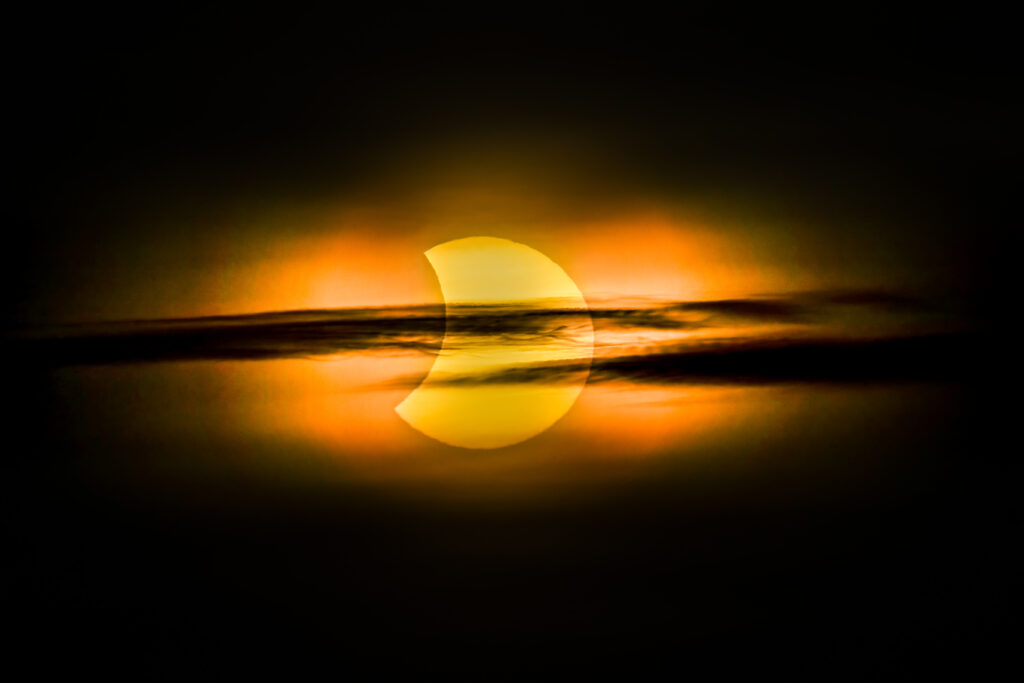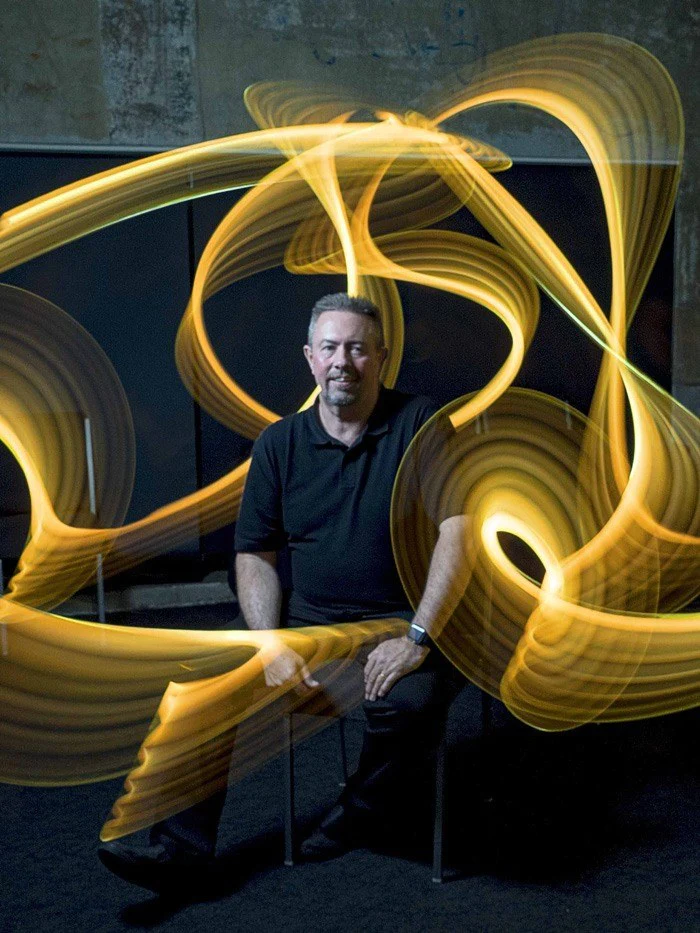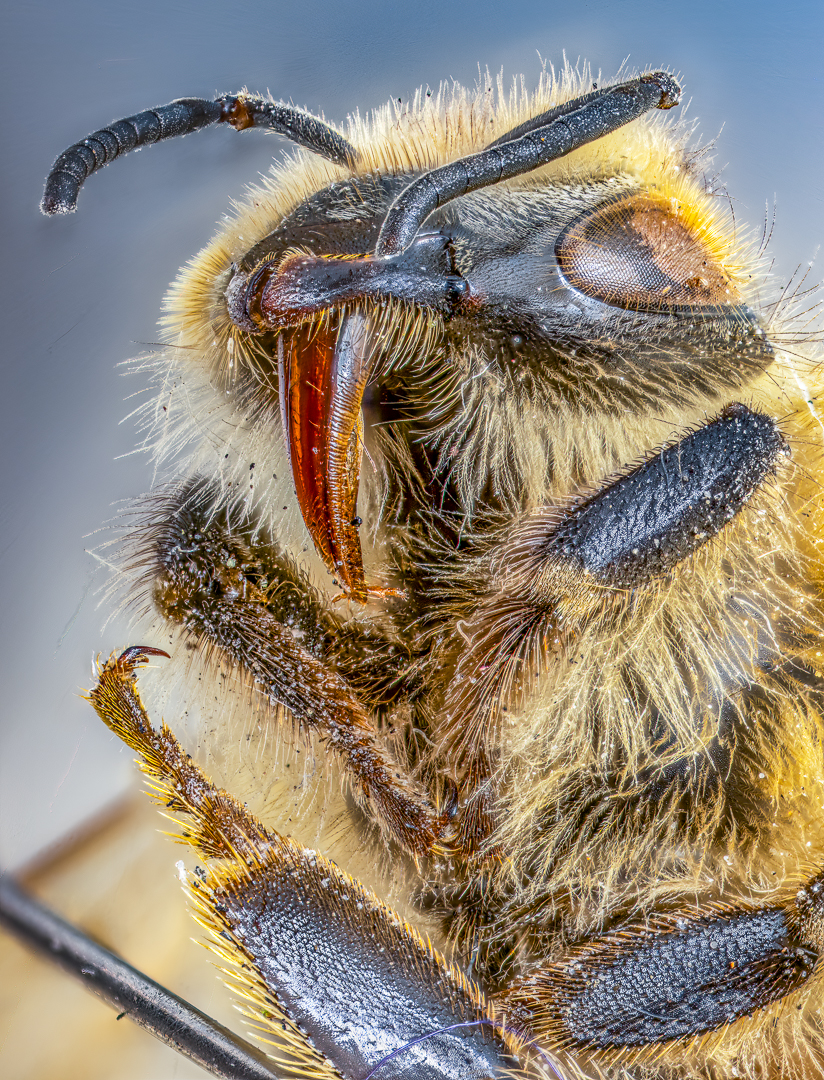Conceptual photography is a type of fine art photography that is hard to define since it transcends the definition of genres such as portraiture, landscape or abstract photography. Shooting conceptual photography means that you have a very specific idea you want to share with your audience. What kind of idea or concept you want to share is totally up to you – it can be something rather simple like happiness or sadness or something more complex such as gender identities, existential issues and so on.
In conceptual photography, you always start with an idea and work on developing this idea through the choice of setting, props, and models. Even though having an interesting concept is the single most important factor in conceptual photography, it is also important not to forget about the aesthetics and rules of composition.
The following hints and tips will help you understand the challenges of conceptual photography and learn how to represent you ideas and emotions visually.
Let Your Imagination Run Wild
Conceptual photography is tricky in the sense that it requires a vivid imagination and probably a little bit of talent when it comes to storytelling abilities. Unlike regular portraiture and landscape photography, conceptual sessions require a great deal of planning and preparations.
For instance, if you’re doing conceptual portraiture, you can’t take a person out and simply take their portrait, you need to plan the entire session. Long before you even start looking for a model, you need to have an idea of what you want to do and where you want to take the photos. Some conceptual photo shoots are quite elaborate and require a lot of different props and costumes. All these preparations can take a lot of time and patience, but that’s a part of the magical experience that conceptual photography aims to create.

Have a Strong Concept or Idea
The biggest mistake a conceptual photographer can make is not having a clear enough idea. The photographer is the sender, the photo is the channel and the viewer is the receiver of the concept. Each of these elements plays a crucial role in the impact of the conceptual message. Since the sender is the one who initiates the process, he has to know what he’s doing. If a photographer doesn’t have a clear understanding of the concept, the visual communication will be fuzzy and give viewers too much leeway in interpreting the message behind the photograph.
Concepts that can be associated with specific things or situations are usually not so hard to depict, but states of mind and subjective experiences tend to be more challenging to represent visually. Human feelings and thoughts are often subtle and even intangible at times.
Various simple tools come in handy when dealing with such challenging concepts. Using dictionaries and online image search engine is probably the easiest way to come up with some good conceptual solutions. The meanings and the images you can see while using these tools can trigger the process of visualization.

How to Use the Power Metaphors and Symbolism
Symbols and metaphors are very useful when planning and designing conceptual sessions. When we pick an abstract concept we should try to determine what visual things can represent it and this is often achieved through the use of symbols.
There are three main types of symbols – archetypal, cultural and personal.
The archetypal symbols have a universal meaning for all people, regardless of their culture and background. For instance, water always suggests birth or cleansing, circles mean unity or gathering and bridges depict connection. Cultural symbols are different in the sense that they do have a widespread meaning but this meaning is still specific to particular regions. While the use of white means purity in one culture, it means death in another, so we have to be careful when it comes to cultural symbols.
The same goes for personal symbols, which are highly specific and related mainly to personal history and memories. However, personal symbols can be very strong and if used properly that can stir up emotions in the viewer.
When brainstorming what symbols to use, it’s good to consider various symbols already well-known in literature, visual arts and dreams. For example, a particular type of animal or plant can symbolize a type of personality. In case of metaphors, any object or scene can stand for a human quality.

Know How to Compose and Post-Process Conceptual Images
Even though conceptual photographs offer much more than a simple visual impact, they have to be properly executed in terms of composition and post-processing.
Photographers who favor the minimalist approach usually create simple conceptual images that focus on a single subject and depict a single idea. Such images can be done in a studio, using a simple set up without visual distractions. On the other hand, there are conceptual photographers who like to confuse the viewer and they fill their images with most diverse objects in order to create a surreal conceptual experience that depicts many different meanings. There is no wrong and right approach – it all depends on the nature of concept that should be represented.
When it comes to post-processing, conceptual photographers have unlimited freedom as long as they are able to support the concept they are depicting through the changes in contrast, clarity, color balance and saturation. The harshness or softness of editing should go hand in hand with emotional qualities of the concept that is represented.

The magic of conceptual photography lies in its power to leave the viewers puzzled and make them think and analyze images as if they were abstract paintings. More than any other genre of photography, conceptual images are philosophical and multi-layered and they represent an interesting blend of visual arts and storytelling. Because of these specific qualities, conceptual photography is challenging and certainly not easy to master.







1 Comment
Inspiration!